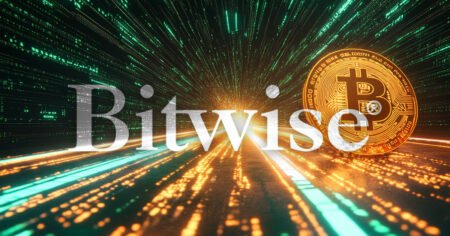DeFi has experienced rapid growth and failure due to economic models over the last few years. Despite this, there is a fascination with the idea of a decentralized economy that operates 24/7. Younger generations are drawn to the idea of modernizing the financial experience and earning on their own terms. In the crypto space, proof-of-stake networks and Liquid Staked Tokens (LSTs) have revolutionized the way users can earn rewards by securing the network without running nodes. Ethereum-based liquid staking has seen significant growth, with the total value locked reaching $70 billion by the end of 2024.
While Ethereum leads in staking value, only a small percentage of Ether is actively staking. This number is expected to increase in the coming years, especially as more institutional investors venture into the space. As competition for rewards heats up, users will seek new ways to maximize their earnings beyond simple block rewards. Restaking services like Ether.fi and EigenLayer allow users to earn additional yield by staking their LSTs across different services.
In 2025, the focus will be on optimizing real yields and managing strategies effectively. DeFi will continue to evolve, providing users with opportunities to diversify their assets and earn higher returns. Tokenized TradFi products and a more favorable regulatory climate will attract new capital deployment into the DeFi space, facilitating its integration with the global economy. However, there remains a knowledge gap between DeFi builders, traditional finance, and regulators that must be addressed for the industry to thrive.
Stagnation in real yield within DeFi highlights the need for new assets, managers, and gateways to tokenized products. Users are seeking innovative solutions that go beyond traditional reward structures and yield battles. With the evolution of automation and diversified income streams, DeFi has the potential to become a more dynamic and inclusive ecosystem. By unlocking new asset exposure and utility on-chain, DeFi can avoid becoming a zero-sum game and continue to attract new capital and users.
In conclusion, the future of DeFi lies in building infrastructure to connect products and users to real economic value. By embracing new technologies and partnerships, DeFi can offer users a more competitive and rewarding financial experience. It is up to DeFi builders to collaborate and innovate to ensure the industry’s continued growth and success in 2025 and beyond.

















